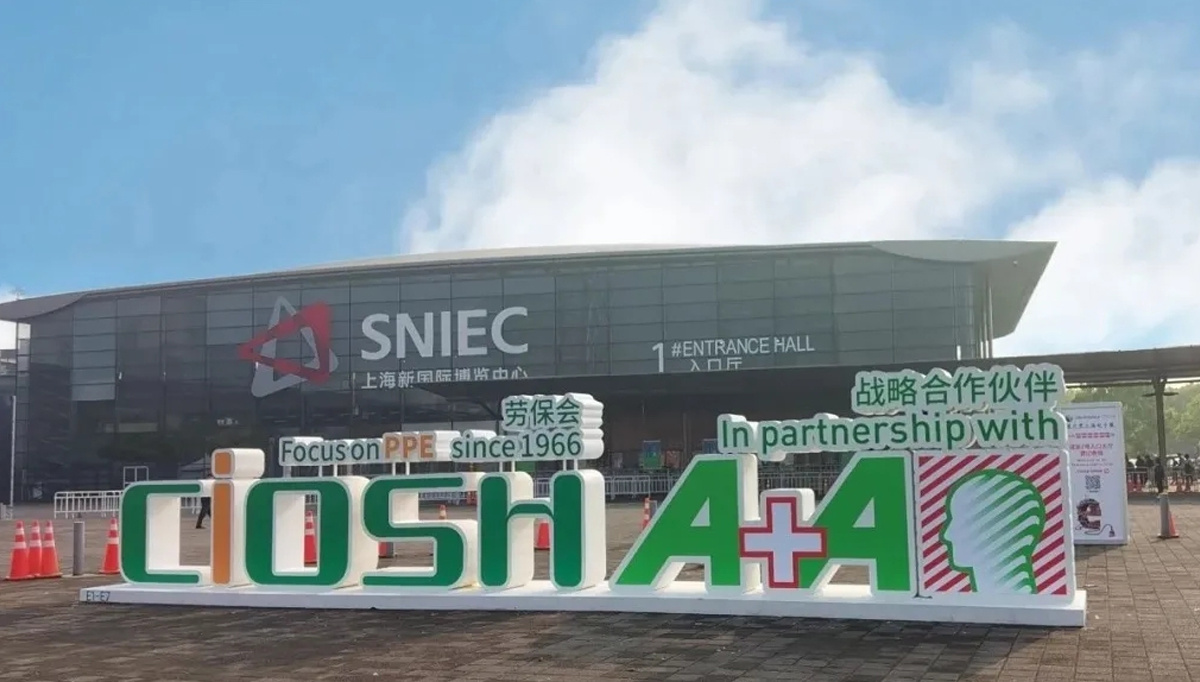The wearing and removing process and precautions of protective clothing
Release time:
2024-06-12
Wear protective equipment 1. Prepare (clean area) 1. Wash hands 2. Wear a hat 3. Wear a mask (medical protective mask) 4. Wear work clothes 5. Change work shoes 6. If the skin is damaged, wear a pair of gloves first
1、 Preparation work
① Medical staff preparation: All protective equipment and supplies required for diagnosis and treatment operations
② Pre operation evaluation: Check if the type of isolation, protective clothing, and other protective equipment are damaged
③ Assess the environment: clean area, potential pollution area, and pollution area
2、 Operation process
1. Wear protective equipment 1. Prepare (clean area) 1. Wash hands 2. Wear a hat 3. Wear a mask (medical protective mask) 4. Wear work clothes 5. Change work shoes 6. If the skin is damaged, wear a pair of gloves first
2. Wear protective clothing (potential pollution area) 7. Enter the potential pollution area 8. Choose the appropriate size of protective clothing, first put on the clothes 9. Then put on the top 10. Put on the hat 11. Zip up
3. Other (potentially contaminated areas) [12] Wear protective goggles or face shields [13] Wear gloves [14] Wear shoe covers [15] Wear second layer gloves to enter contaminated areas for operation
2. Remove protective equipment
1. Other (contaminated areas) ⑴ Take off gloves and disinfect hands ⑵ Take off protective goggles or face shields: Pinch the side close to the head or ear, remove, and dispose of in medical waste containers
2. Take off protective clothing (contaminated area). 3. Take off protective clothing, first pull the zipper to the bottom. 4. Lift the hat upwards to remove it from the head. 5. Take off the sleeves. 6. Take off the edge roll from top to bottom, with the contaminated area facing inside. Take off all protective clothing and place it in a medical waste container. 7. Take off shoe covers. 8. Wash hands or disinfect hands
3. Other (potential pollution area) 9. Enter the potential pollution area 10. Wash hands or disinfect hands 11. Take off work clothes 12. Take off medical protective masks 13. Take off hats 14. Wash hands or disinfect hands 15. Enter the cleaning area 16. After bathing or changing clothes, leave the cleaning area
3. The key points of wearing a mask
1. First, stretch the headband every 2-4 centimeters, with the metal nose facing forward.
2. Hold the mask with one hand and fasten it to the appropriate part of the face, while wearing the mask strap in the appropriate area with the other hand. Fix the headband below the head and fix it behind the neck under both ears; Fix the headband above the head to secure it behind and above the head.
3. Press your fingertips along the metal strip on the bridge of your nose, from the middle to both sides, slowly inward until it is tightly against the bridge of your nose. During this process, hands should not touch any part of the face.
4. Cover the mask with both hands as much as possible and perform positive and negative pressure tests.
5. Positive pressure test: Cover the mask with both hands and exhale vigorously. If air overflows from the edge of the mask, that is, if worn improperly, the headband and nose bridge metal strip must be adjusted again; Negative pressure test: Cover the mask with both hands and exhale vigorously. The center of the mask will sink, and if air enters from the edge of the mask, it means improper wearing. The headband and nose bridge metal strip need to be adjusted again.
4. Precautions
1. Protective clothing can only be worn and taken off within designated areas.
2. The removed protective equipment should be placed in the designated area.
3. In contaminated areas, patients should wear protective masks or comprehensive respiratory protective devices for suctioning sputum, tracheostomy, tracheal intubation, and other operations.






